Daehanminguk Budaejjigae (대한민국부대찌개)
14.9Km 2021-03-18
184, Seongo-ro Bucheon-si Gyeonggi-do
+82-32-682-3366
This is a Korean cuisine located in Bucheon-si, Gyeonggi-do. The representative menu is sausage stew. It is located near Ojeong Grand Park, where it is good to take a light walk after eating.
Cheonghaejin (청해진)
14.9Km 2025-05-14
33 Seongnae-ro 6-gil Gangdong-gu Seoul
+82-2-484-1551
It is a 100-year-old store that has been loved by customers for a long time while maintaining its reputation for over 30 years. This Korean dishes restaurant is located in Gangdong-gu, Seoul. The representative menu is seafood pancake.
Goseong Makguksu (고성막국수)
15.0Km 2021-03-26
6-7, Banghwa-daero 49-gil, Gangseo-gu, Seoul
+82-2-2665-1205
It is a delicious Makguksu restaurant featured in a TV gourmet program. This Korean dishes restaurant is located in Gangseo-gu, Seoul. The representative menu is buckwheat noodles with Radish Water Kimchi.
Cheonho Jjukkumi (천호쭈꾸미)
15.1Km 2021-03-29
14, Cheonho-daero 158-gil, Gangdong-gu, Seoul
+82-2-477-9994
It is a place frequented by the residents of Cheonho-dong. The best menu at this restaurant is webfoot octopus. This Korean dishes restaurant is located in Gangdong-gu, Seoul.
Parque Gwangnaru del Río Hangang (광나루한강공원)
15.1Km 2021-12-30
Seonsa-ro 83-66, Gangdong-gu, Seúl
El río Hangang cuenta con 12 parques que, además de Gwangnaru, incluyen los de Jamsil, Ttukseom y Jamwon, entre otros. Gwangnaru es un parque ecológico que ofrece zonas para practicar deportes y divertirse, además de instalaciones culturales.
Parque Ecológico de Amsa (암사생태공원)
15.1Km 2021-02-25
Seonsa-ro 83-66, Gangdong-gu, Seúl.
El Parque Ecológico de Amsa es gran parque escénico que posee senderos por campos naturales y otras plantas en el río Hangang. Aquí, los visitantes pueden ver el vuelo de aves migratorias en Corea. Este parque es famoso por sus bellezas naturales, que incluyen rosas silvestres, lilas y otras flores primaverales.
Yakinoyuki - Gil-dong Branch (아키노유키 길동)
15.1Km 2021-03-29
50-7, Olympic-ro 70-gil, Gangdong-gu, Seoul
+82-2-488-6923
It is a Japanese pub serving a variety of dishes. The best menu at this restaurant is grilled patagonian toothfish. This Korean dishes restaurant is located in Gangdong-gu, Seoul.
Yutaro (유타로)
15.1Km 2021-03-29
56-6, Olympic-ro 70-gil, Gangdong-gu, Seoul
+82-2-478-6999
It is a traditional Japanese ramen restaurant frequented by many gourmets. This Japanese (cuisine) restaurant is located in Gangdong-gu, Seoul. The representative menu is instant noodles.
Songihyang Hanjeongsik (한정식 송이향)
15.1Km 2025-05-16
413, Baegun-ro, Uiwang-si, Gyeonggi-do
Pabellón Jangseogak de la Academia de Estudios Coreanos (한국학중앙연구원 한국학학술정보관.장서각)
15.2Km 2021-03-30
Haogae-ro 323, Bundang-gu, Seongnam-si, Gyeonggi-do.
El Pabellón Jangseogak fue fundado en el año 1918 por la Oficina de la Dinastía Lee (Yiwangjik) y es una biblioteca exclusiva para los estudios coreanos. Dispone de una amplia variedad de materiales registrados sobre toda la historia de Corea, registros antiguos, modernos y contemporáneos. En la actualidad, la entidad proporciona información para fines académicos y de investigación. Se encarga de las actividades de conservación, organización e investigación de sobre los materiales registrados.
Para cumplir sus objetivos, presenta una amplia variedad de materiales e instalaciones, textos literarios, crónicas, tesis, publicaciones periódicas, sala de materiales informativos, sala de materiales especiales, procesador de microfilmes, sala de reproducción y publicación, entre otros. En particular, en este instituto se encuentran guardados los Anales de la Dinastía de Joseon (Joseon Wangjo Uigwe) y la colección de textos de la medicina oriental Donguibogam de Heo Jun, ambos alistados en los registros de la Memoria del Mundo de la Unesco.

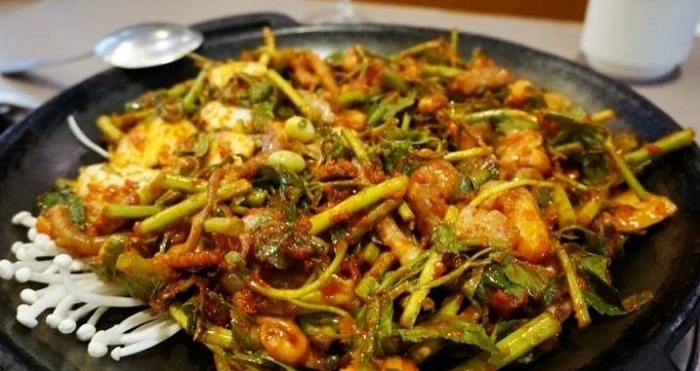
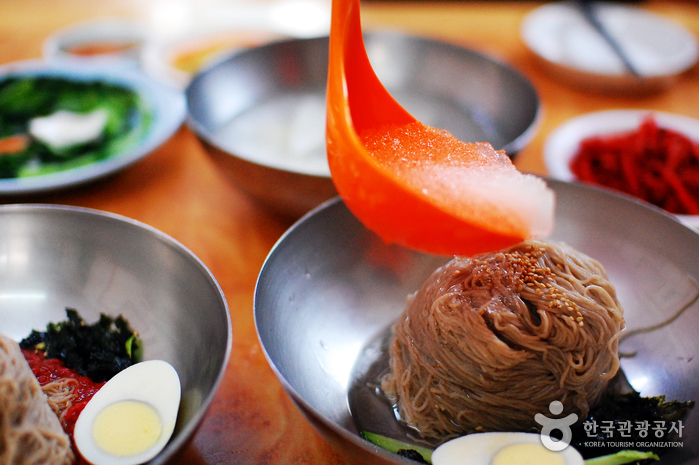
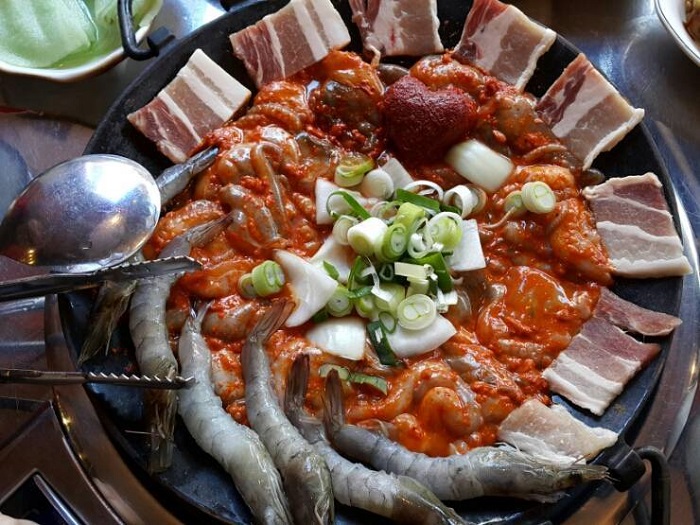
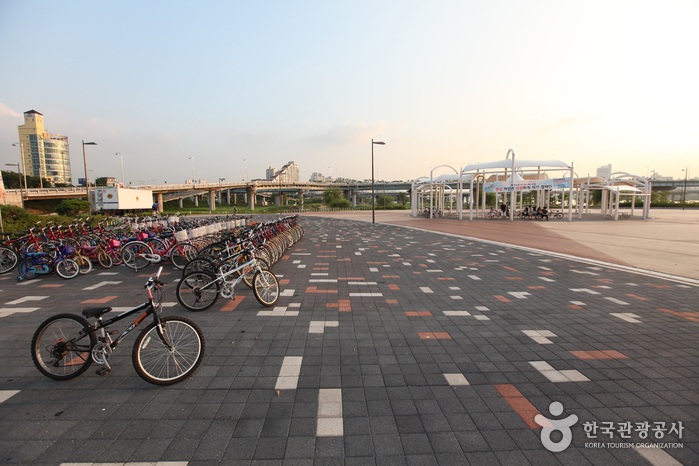
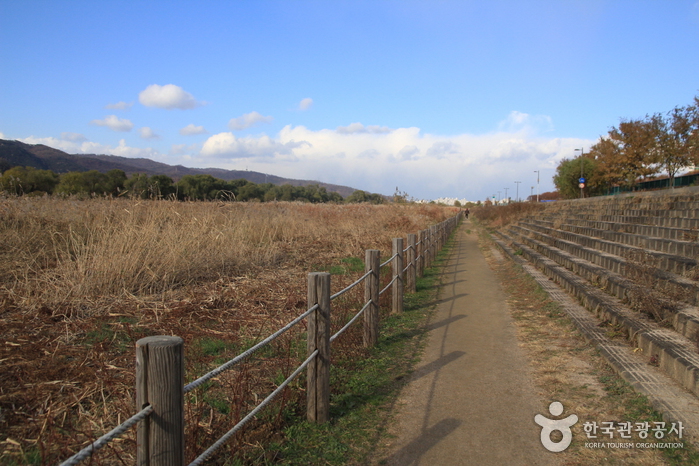
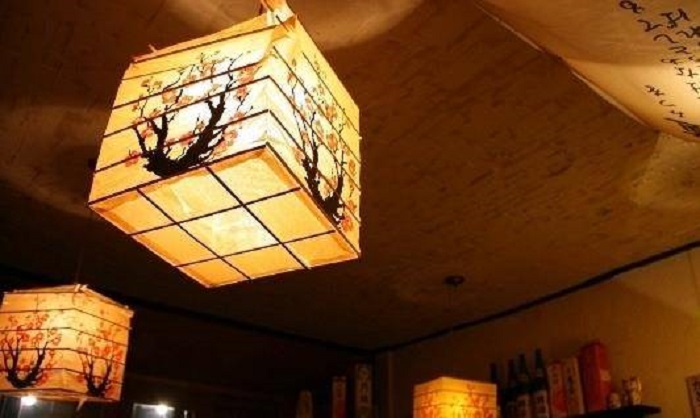
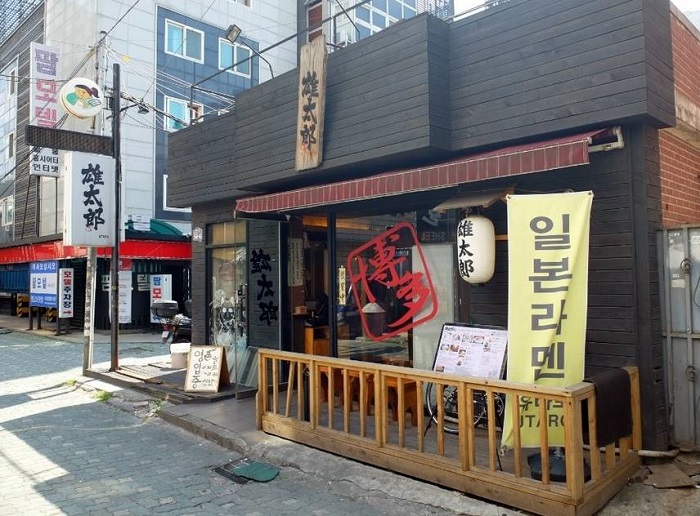
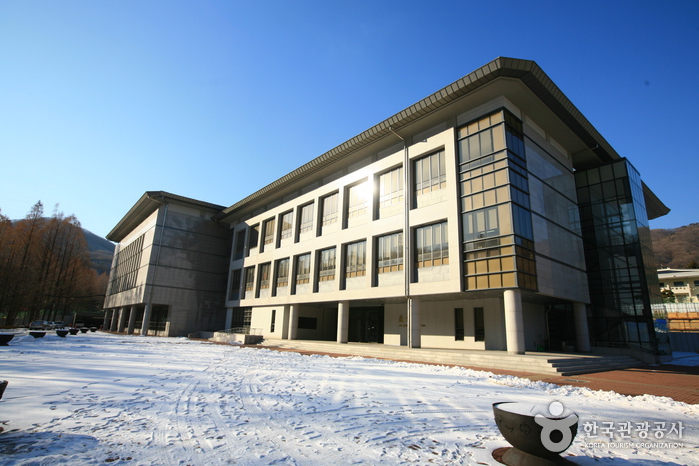
 Español
Español
 한국어
한국어 English
English 日本語
日本語 中文(简体)
中文(简体) Deutsch
Deutsch Français
Français Русский
Русский